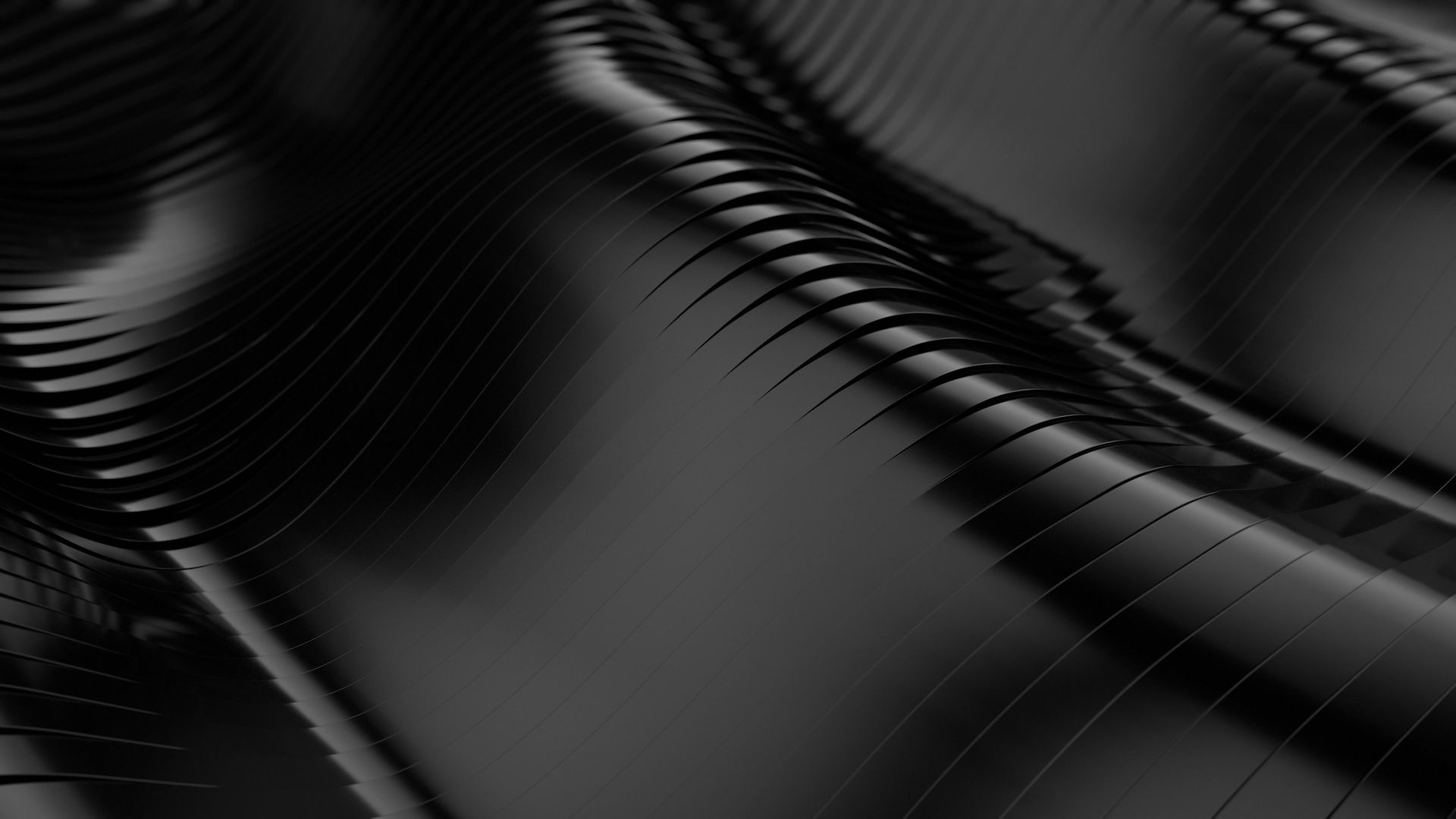
Abstract Art
Abstraction is not an invention of Western modern art. In prehistory and other cultures have been practicing and admiring abstract visual arts such as calligraphy for centuries, there being an infinity of samples of geometric and stylized forms used since the origin of art.
From the Renaissance onwards the concern to recreate the illusion of reality dominates the visual arts such as painting or sculpture and until the arrival of Impressionism the painters reversed the priorities in the representation and gave greater importance to the pictorial procedure away from appearances External aspects of reality.
As figurative art enters a crisis, abstract art is opening the way with a new concept to capture reality and with the help of expressionism or cubism, who react against realism exploring different ways regardless of reality.
Abstract art emerged in 1910 in Munich, with the Russian artist Wasily Kandinsky, exposing the first ideas about abstract art, whose consequences have made it one of the most significant manifestations of the twentieth century, being an idea contrary to the Thought of figurative art.
Abstract art does not represent figures, objects or people, but uses a visual language of its own with a variety of meanings, making abstract forms, without imitating or representing faithfully the natural. It is a style that focuses on the formal, structural and chromatic details and deepens them through the accentuation of its value and its expressive power.

To understand what abstract art is, you must first know that it is abstract. Abstraction is the act and the result of abstracting, which can not be perceived directly through the senses, that which excludes the concrete and moves away from the external aspect of a reality. When the word is applied to the artistic sphere or to an artist, it describes the intention not to represent concrete beings or objects, contemplating only elements of form, color, structure or proportion.







